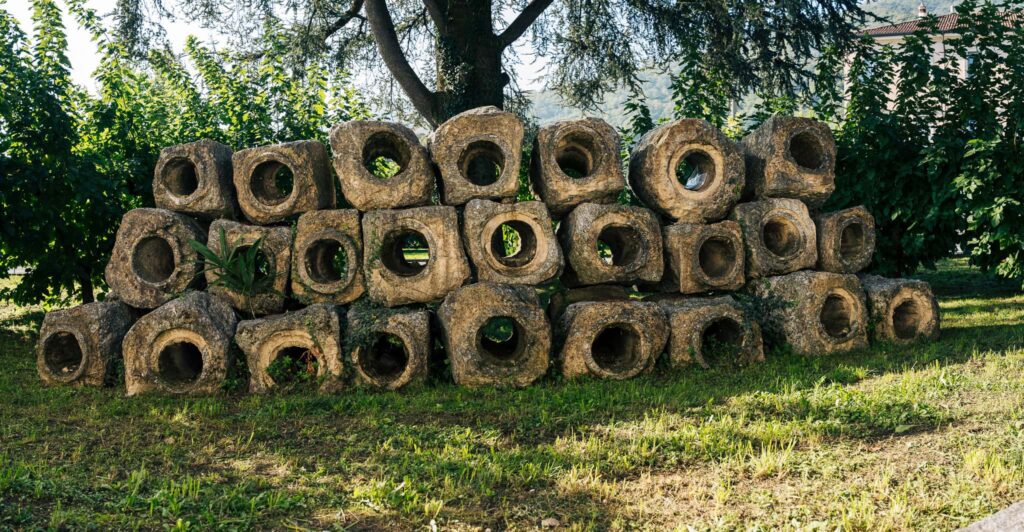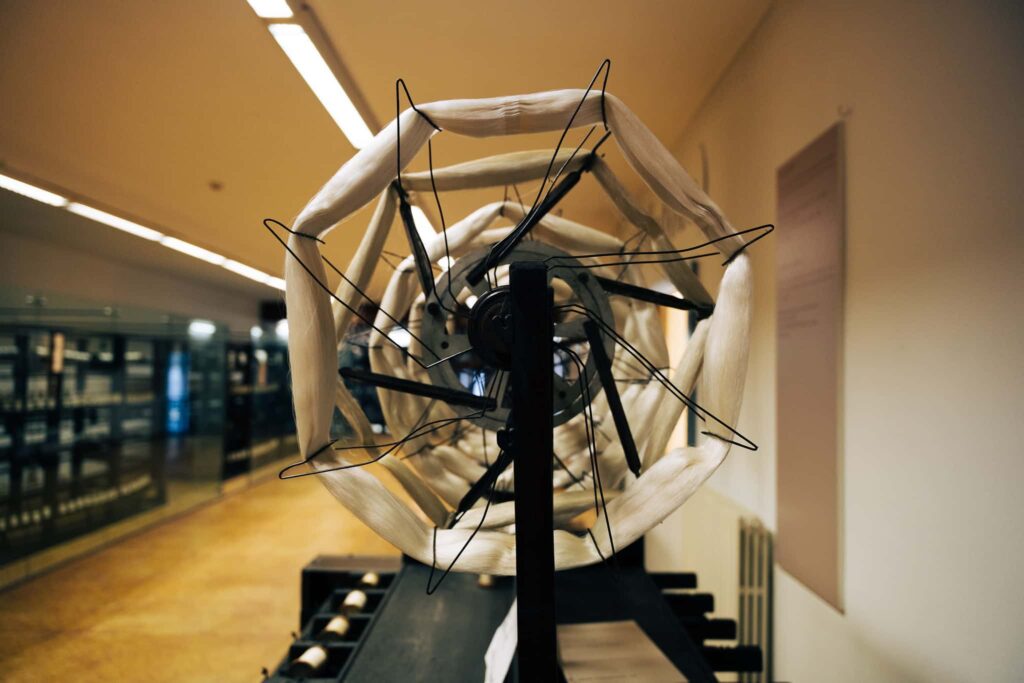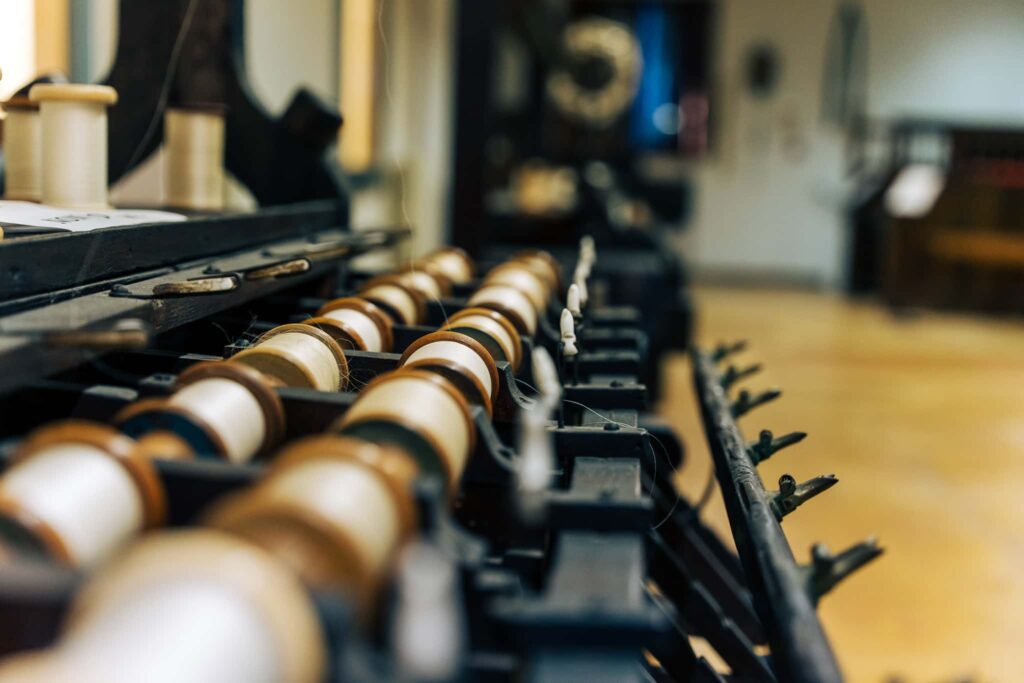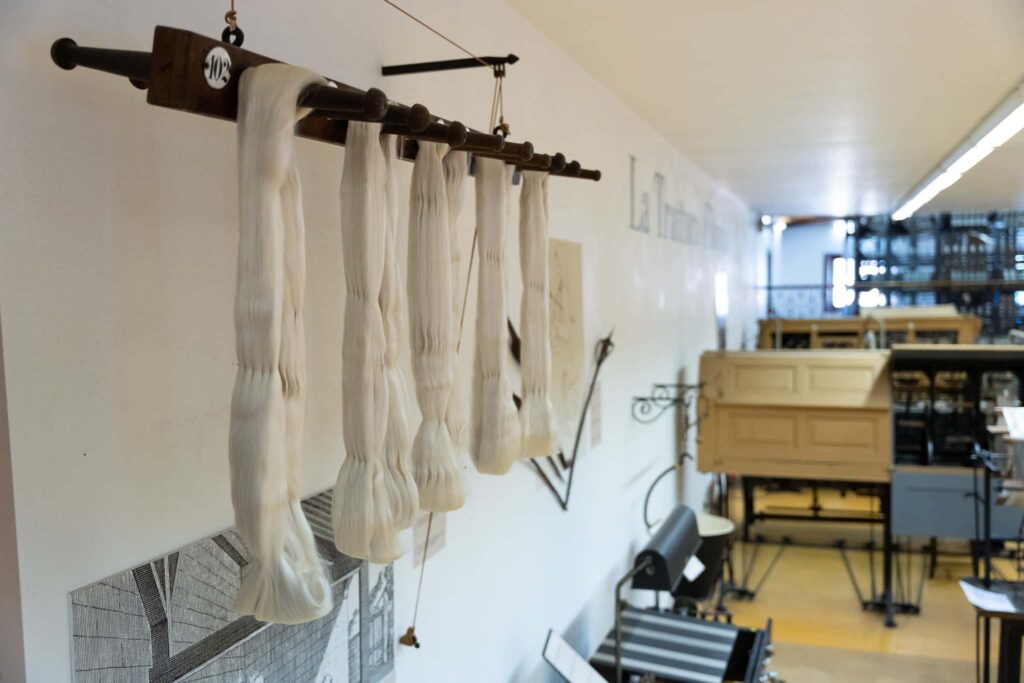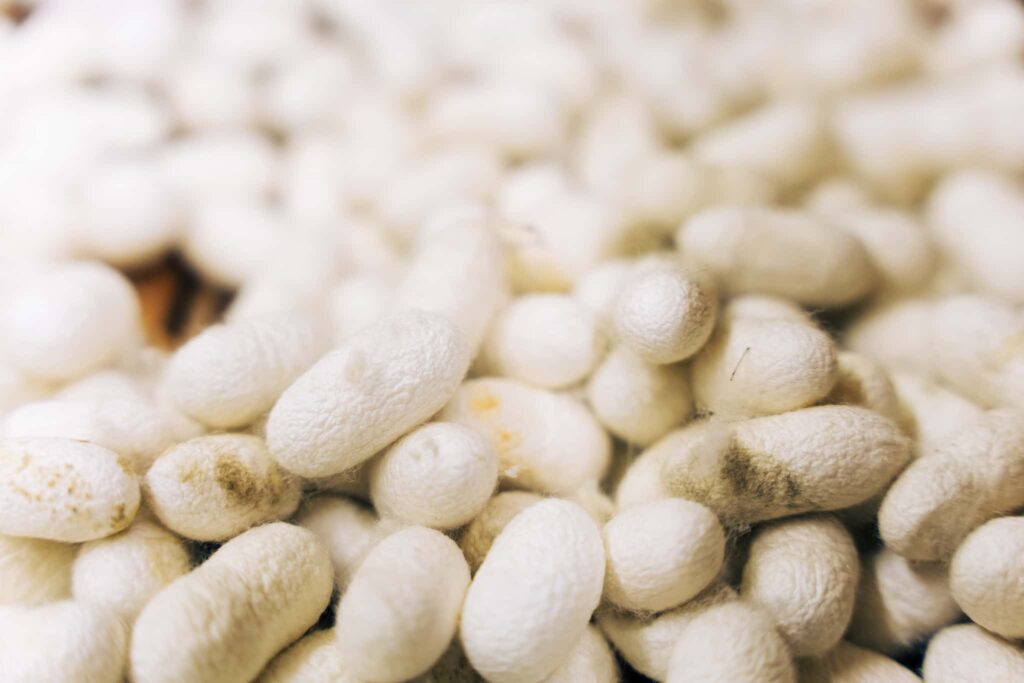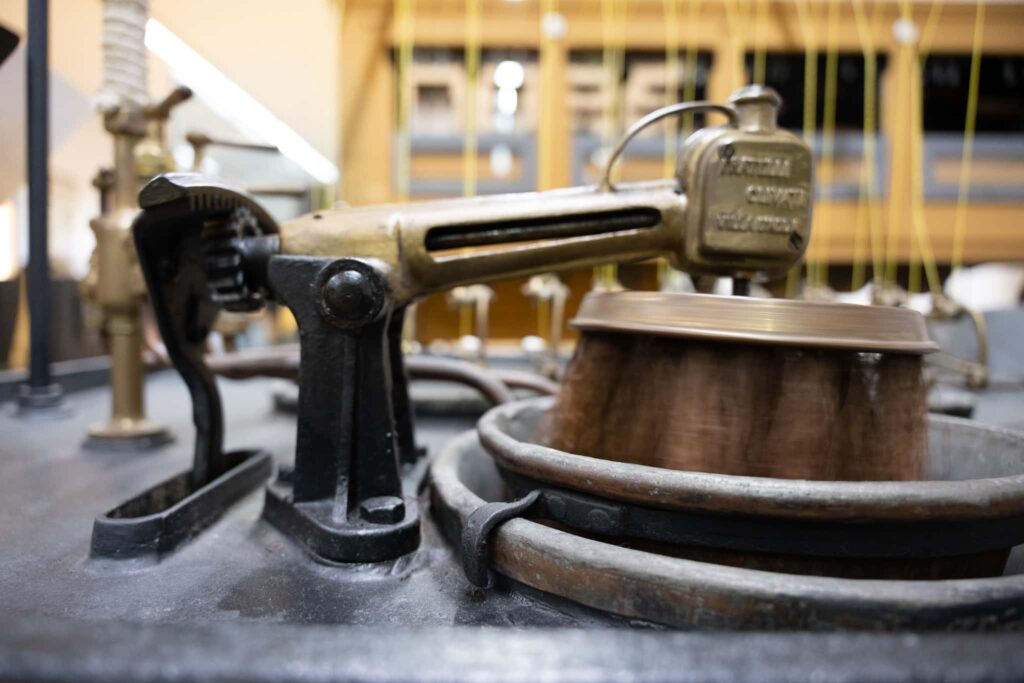The origins of the “Museo dell’arte della seta” (Silk Museum), housed within the former spinning mill in Garlate, date back to the 1950s. It was during this time that Sir Carlo Job, the then-director of Abegg industries, started collecting a comprehensive array of the machinery and accessories used in the silk industry. Among the industrial complexes in the Como and Bergamo regions owned by the Abeggs—a prestigious family of Swiss entrepreneurs in the silk industry in Lombardy—the one in Garlate is certainly considered the most important. The sundial on the building’s façade marks the inception of the Garlate spinning mill in 1841. On 6 December, 1887, the Abegg and Rubel families purchased the spinning mill along with the rest of the surrounding properties. Some 180 women and young people, mostly from the Imagna Valley, were employed in the spinning mill. However, the economic downturn, coupled with competition from the East, brought the Garlate mill to its knees, forcing operations to cease at the end of the silk campaign in 1934. A new building in Garlate was dedicated to the Abegg spinning mill between 1937 and the 1950s, and it was during this same period that the museum was founded, in an effort to preserve the technical heritage integral to the history of silk in the Lecco area.
Following the closure of the spinning mill in 1967, there was talk of moving the museum to Switzerland as the Abegg buildings in Italy were being sold off. The Municipality of Garlate and other public entities intervened at this point and, after a few years, the museum was gifted to the Municipality of Garlate, which, in the meantime, had purchased the building and land of the former spinning mill. In recent years, a historical mulberry orchard has been planted on the neighbouring land, harvesting various qualities of mulberry. Originally the world’s first museum dedicated to silk processing, the Garlate silk museum is now part of the “Archeoseta” project and has recently forged connections with three other European museums: The Museu Textil di Terrassa (Spain), the Macclesfield Silk Museum (UK) and the Museu “Pacos da seda” di Macero de Cavaleiros (Portugal).
